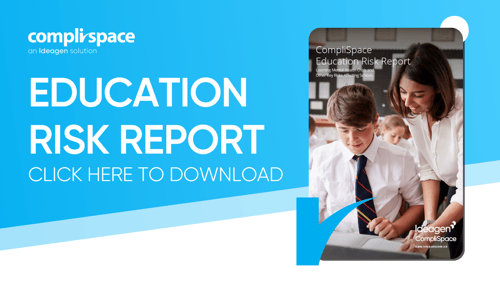Schools must make certain documents available to the public. Here’s what you need to know about these requirements.
What Are “Public Facing Documents”?
Organisations are obliged to make certain documents available to the public. These documents are called “public facing documents”.
For schools, these obligations largely arise from the minimum standards and requirements for school registration and other specific legal obligations.
Why Do Some Documents Need to Be Made Publicly Available?
There are several reasons why certain documents need to be made publicly available.
There are compelling arguments about promoting and ensuring openness, integrity, accountability, and continuous improvement. By publishing their child safe policies, for instance, schools are not only able to show that they are committed to child safety but also to determine any weaknesses in their approaches to child safety through the feedback and engagement of the broader community.
There are also practical imperatives. For example, schools and many other organisations will usually have requirements to make documents such as their complaints handling and whistleblower policies publicly available. This is so that people, including those outside the organisation, are able to access these policies to understand how they can report complaints or concerns and what protections they will be provided.
What Are Some Types of Documents That Schools Need to Make Publicly Available?
What a school is required to make available will vary based on the jurisdiction in which they are located and what type of school they are.
Generally speaking, most schools will be required to make their complaints handling, student behaviour and enrolment policies available as part of school registration requirements.
Various child protection policies will usually also need to be made available (for instance, the National Principles for Child Safe Organisations and various Child Safe Standards schemes across the country require child safe organisations to make their child safe policies, codes of conduct and various other related documents available).
Under national legislation, most schools are required to make their privacy and whistleblower policies available. Schools that provide education to certain student cohorts, such as overseas students, will have additional requirements.
Schools should be aware that, although some documents may not technically be required to be publicly disclosed, schools may be advised – for example, during a registration review or audit– to make them publicly available.
How Do Schools Make Documents Publicly Available?
In some cases, requirements or suggestions for how a document is to be made available will be given. For instance, the Privacy Act 1988 (Cth) (Privacy Act) requires relevant organisations to take reasonable steps to make their privacy policy available free of charge and in an appropriate form. The Privacy Act states that organisations will usually do this by making their privacy policy available on their website. The Office of the Australian Information Commissioner also provides further guidance on how schools can meet this requirement (for example, by providing alternative options for schools who may not have an online presence).
Where no guidance is provided, schools will usually have to decide for themselves the best way to meet the requirement.
In most cases, the act of publishing a document on the school’s public website may suffice to meet the requirement to make that document publicly available. However, this is not the only way to make information publicly available. For example, a school might also post information on their social media accounts or publish the information in their school handbooks.
Importantly, schools should make sure that any information that is made available is conspicuous, accessible, and easy to understand. The information should also be accurate, current, and not include any confidential or inappropriate content.
What About Documents That Only Need to Be Made Available to Specific Stakeholders?
In addition to making some documents available to the public generally, schools are sometimes also required to make documents available to specific stakeholders. For example, the National Code of Practice for Providers of Education and Training to Overseas Students 2018 generally requires information/documents to be disclosed to students and intending students, their parents/carers, and/or staff.
While schools can still choose to make these documents publicly available by publishing them on their website, in their handbook, etc as the simplest and most efficient way of disclosing them to the specific audience, they are not required to do so.
What Should Schools Do Now?
If they have not already done so, schools need to identify which information they must make publicly available.
Once they have done this, schools must then determine the most suitable way to make this information available to the public. Many schools will already have established methods by which they share information with the general public (for example, a public website, social media accounts, their annual reports). Schools should ensure that these methods are effective and update them as necessary.
Schools should also make sure, before publishing documents, that the documents are accurate and clear. Documents should also be checked to ensure that they do not contain confidential or inappropriate information.
Finally, schools will need to make sure that they continue to meet their obligations relating to public facing documents. This involves implementing processes for regularly monitoring the legal and regulatory requirements and reviewing the documents themselves so that they remain current.





